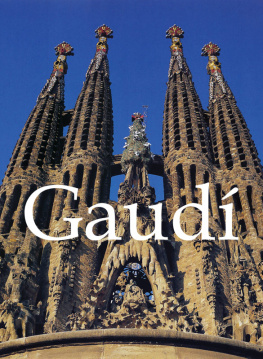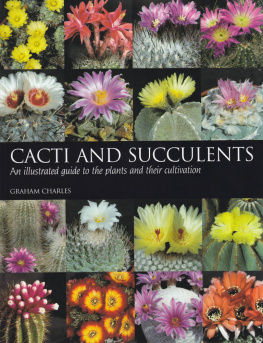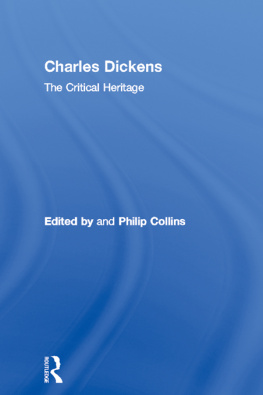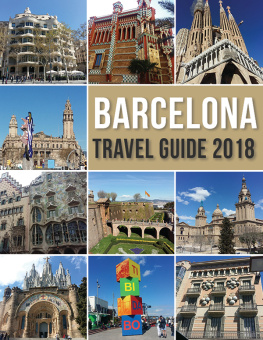Charles - Gaudí
Here you can read online Charles - Gaudí full text of the book (entire story) in english for free. Download pdf and epub, get meaning, cover and reviews about this ebook. year: 2013, publisher: Parkstone International, genre: Detective and thriller. Description of the work, (preface) as well as reviews are available. Best literature library LitArk.com created for fans of good reading and offers a wide selection of genres:
Romance novel
Science fiction
Adventure
Detective
Science
History
Home and family
Prose
Art
Politics
Computer
Non-fiction
Religion
Business
Children
Humor
Choose a favorite category and find really read worthwhile books. Enjoy immersion in the world of imagination, feel the emotions of the characters or learn something new for yourself, make an fascinating discovery.
- Book:Gaudí
- Author:
- Publisher:Parkstone International
- Genre:
- Year:2013
- Rating:4 / 5
- Favourites:Add to favourites
- Your mark:
- 80
- 1
- 2
- 3
- 4
- 5
Gaudí: summary, description and annotation
We offer to read an annotation, description, summary or preface (depends on what the author of the book "Gaudí" wrote himself). If you haven't found the necessary information about the book — write in the comments, we will try to find it.
Gaudí — read online for free the complete book (whole text) full work
Below is the text of the book, divided by pages. System saving the place of the last page read, allows you to conveniently read the book "Gaudí" online for free, without having to search again every time where you left off. Put a bookmark, and you can go to the page where you finished reading at any time.
Font size:
Interval:
Bookmark:
Layout:
BASELINE CO LTD
61A-63A Vo Van Tan Street
th floor
District 3, Ho Chi Minh City
Vietnam
Parkstone Press International, New York (USA)
Confidential Concepts, worldwide, USA
F. Devos photographs
Casa Mil, La Pedrera (Barcelona) : Thanks to Fundaci
Caixa Catalunya
All rights reserved
No part of this publication may be reproduced or adapted without the permission of the copyright holder, throughout the world. Unless otherwise specified, copyrights on the works reproduced lies with the respective photographers. Despite intensive research, it has not always been possible to establish copyright ownership. Where this is the case we would appreciate notification.
ISBN: 978-1-78160-961-3
Ornamentation plays an essential part, in that it gives character, but nevertheless it is no more than meter and rhyme in poetry. A concept can be expressed in many ways, but it becomes obscure and pedantic when one wishes to introduce those pedantic accessories which undermine the clear meaning of thought.
Antoni Gaud (Diary extract c. 1876-1879)
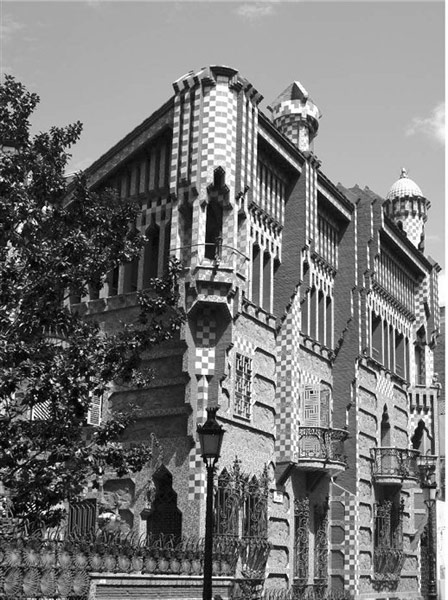
Casa Vicens,
View of faade from Calle de Carolines
1852: Gaud is born on 25 July, in the town of Reus.
1863: Gaud starts his school education at the Convent of St Francis, Reus.
1868: Gaud moves to Barcelona to complete his final year of secondary education at the Instituto Jaume Baulmes.
1869: Gaud enrols in the Faculty of Science at the University of Barcelona.
1873: Gaud enrols in the School of Architecture.
1875: Gaud is called up for military service.
1876: The death of his elder brother Francesc and his mother Antonia.
1878: Gaud qualifies as an architect.
1879: Gaud joins the excursionistas . His sister Rosa dies.
1883: Gaud starts work on the Sagrada Familia, the following year he is officially named architect of the project. Begins work on Casa Vicens and designs El Capricho.

1900: Work begins on the Park Gell
1903: Restoration of Mallora Cathedral begins.
1905: Gaud, his father and niece move to a house in the Park Gell.
1906: Gaud s father, Francesc, dies.
1910: Gaud s first exhibition abroad, at the Grand Palais in Paris.
1911: Gaud contracts brucellosis.
1912: Gaud s niece, Rosa Egea i Gaud, dies.
1925: The first of the Apostle Towers for the Sagrada Familia is completed.
1926: Gaud is knocked down by a tram on the 7 June and dies three days later on 10 June.
| The life of Antoni Gaud (1852-1926) is best told and analysed through a focused study of his works. The buildings, plans and designs testify to Gauds character, interests and remarkable creativity in a way that research into his childhood, his daily routines and working habits can illuminate only dimly. In addition to this, Gaud was not an academic thinker keen to preserve his thoughts and ideas for posterity through either teaching or writing. He worked in the sphere of practical, rather than theoretical work. |
Episcopal Palace of Astorga General view |
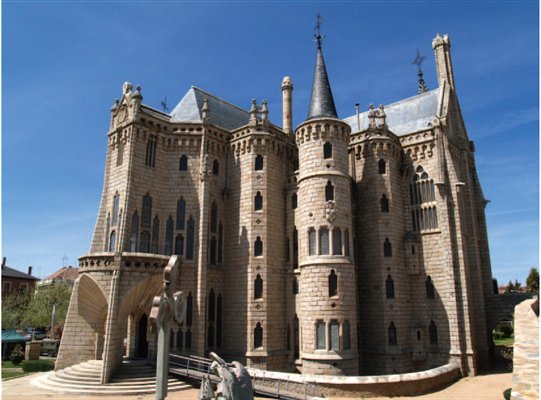
| Were this not enough to challenge attempts to gauge the mind of this innovative architect the violence of Spains Civil War resulted in the destruction of a large part of the Gaud archive, and this has denied a deeper understanding of Gaud the man, his character and thoughts. On 29 th July in the first year of the Spanish Civil war the Sagrada Familia was broken into, and documents, designs and architectural models stored in the crypt were destroyed. The absence of documentation limits the possibility of a searching biographical study, and it has encouraged rather more speculative interpretations of the architect. Today Gaud has gained an almost mythic status in the same way that his buildings have become iconic. |
Episcopal Palace of Astorga Entrance porch detail |
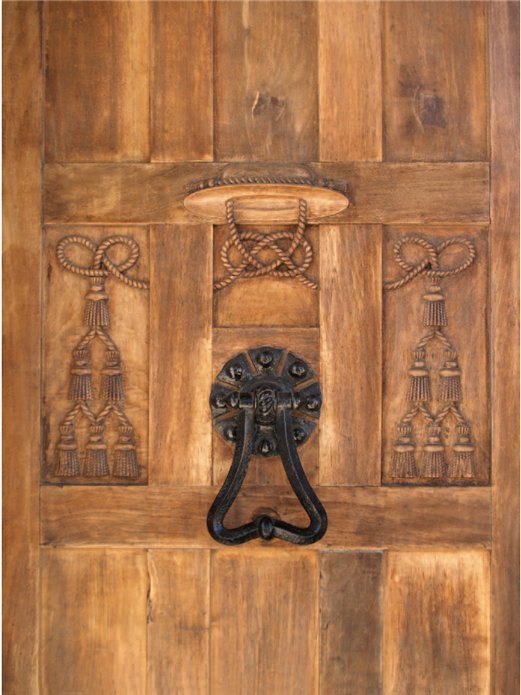
| While his work continues to attract the devotions of many thousands of tourists, his life inspires a range of responses. Besides the academic scholarship of Joan Bassegoda i Nonnell, for example, or the recent biographical study of Gijs Van Hensenberg, the life of Gaud has prompted hagiographies and more imaginative reflections. In a different vein Barcelonas acclaimed opera house, el Liceu, premiered the opera Antoni Gaud by Joan Guinjoan in 2004 and this process of cultural celebration has taken on a metaphysical dimension with the campaign by the Associaci Pro Beataifici dAntoni Gaud to canonise him. |
Episcopal Palace of Astorga View of entrance |
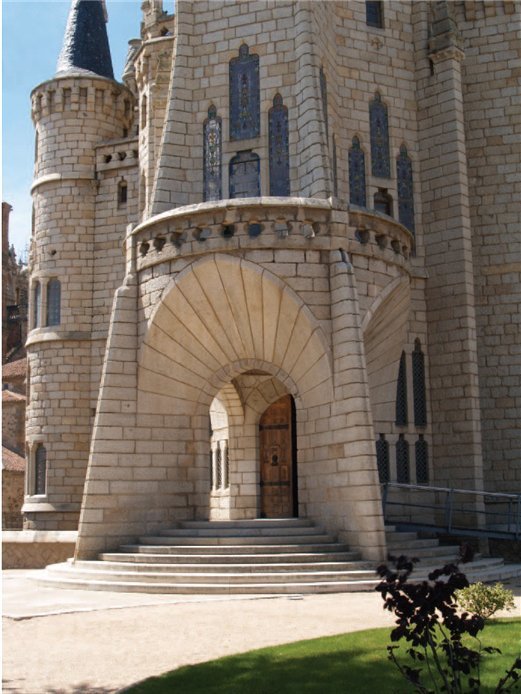
| The ongoing celebrations and constructions of Gaud the man by various groups signals how in our Post-Modern age the ascetic, inspired, untiring creator remains a key trope of creativity in the popular imagination. Gaud remains an enigmatic figure and attempts to interpret him tend to tell us more about the interpreter, as is illustrated in the following quotations. Salvador Dal records an exchange with the architect Le Corbusier in his essay As of the terrifying and edible beauty of modern-style architecture . Dal stated, that the last great genius of architecture was called Gaud whose name in Catalan means enjoy. |
Episcopal Palace of Astorga Chimney |

| He comments that Le Corbusiers face signalled his disagreement but Dal continued, arguing that the enjoyment and desire [which] are characteristic of Catholicism and of the Mediterranean Gothic were reinvented and brought to their paroxysm by Gaud. The notion of Gaud and his architecture with which the Surrealist confronted the rational Modernist architect illustrates a recurring feature in the historiography of Gaud, which is the concern to isolate Gaud from the specific history of architecture and render him as a visionary genius. |
Font size:
Interval:
Bookmark:
Similar books «Gaudí»
Look at similar books to Gaudí. We have selected literature similar in name and meaning in the hope of providing readers with more options to find new, interesting, not yet read works.
Discussion, reviews of the book Gaudí and just readers' own opinions. Leave your comments, write what you think about the work, its meaning or the main characters. Specify what exactly you liked and what you didn't like, and why you think so.

